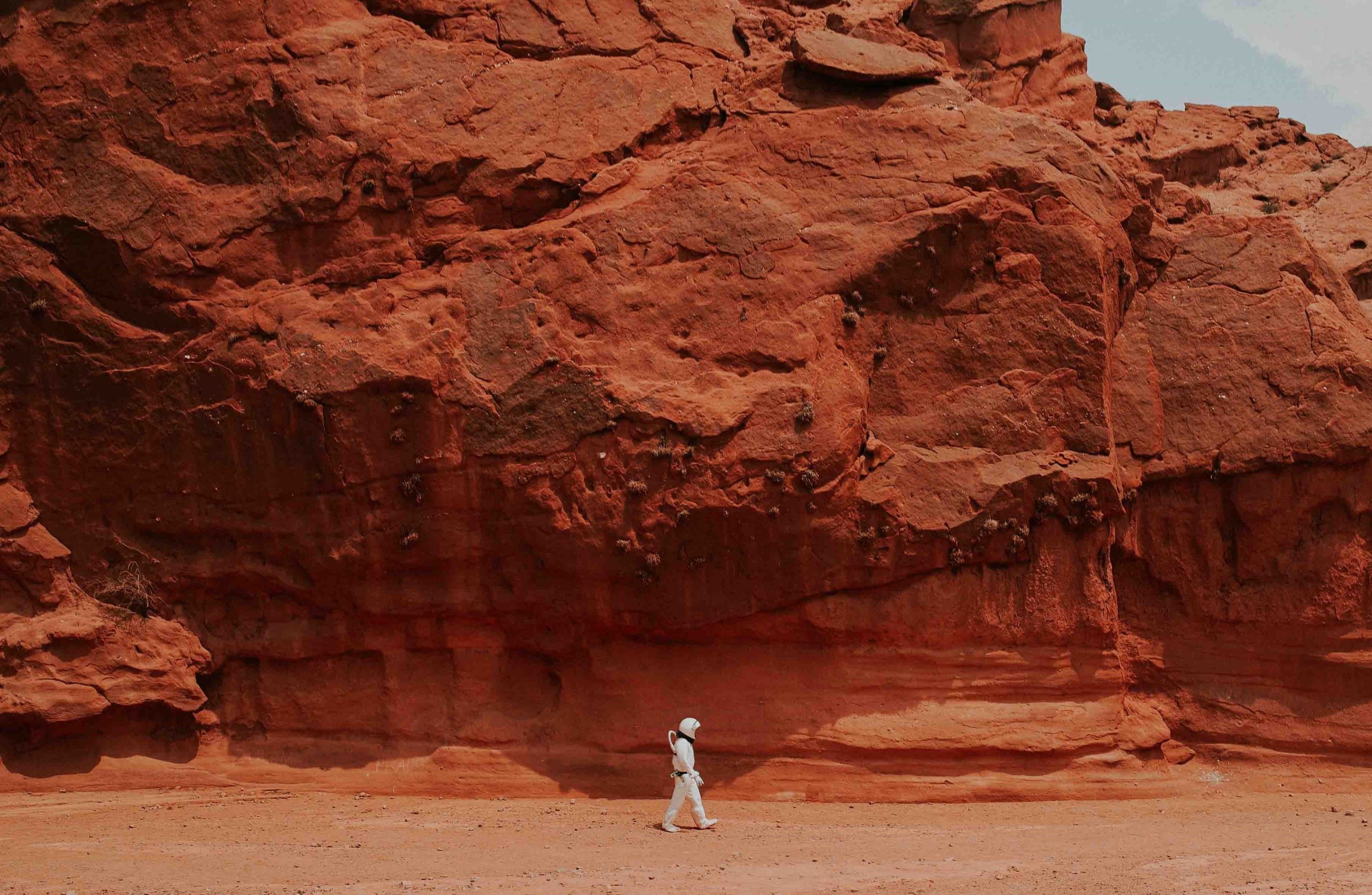The Curiosity rover’s results lend credence to the idea that Mars formerly hosted a liquid surface ocean and a wave-like environment.
The Curiosity rover has been studying Gale Crater on Mars ever since it landed in 2004. The recent discovery of an ancient lake bed in a seemingly unrelated location demonstrates that Mars, despite its familiarity, still has surprises in store.
Amazing pictures of Martian rocks showing signs of former water activity were acquired by the rover. According to a proposal put up by NASA scientists on Wednesday, this rock ripple was likely brought about by waves stirring up silt at the bottom of a small lake billions of years ago.
The massive peak in the crater’s center is where scientists want Curiosity to eventually arrive. One of the primary goals of our rover’s Mars expedition is to investigate whether or not the Martian environment ever supported the growth of microorganisms. A thorough understanding of the crater’s water history is essential to the accomplishment of your objective.
Expert on the Curiosity rover Ashwin Vasavada says this is the most convincing proof yet that water and waves once existed on Mars. We dug through thousands of feet of lake sediments but found nothing. Because it had been thought that this sort of activity didn’t happen on a regional scale, this discovery came as bit of a shock.
According to NASA, the stratigraphy of the mountain can be thought of as a timeline, with the oldest strata situated at the base and the most recent ones near the peak. The Marker Band is where you’ll find these rocks; it’s that thick band of dark rock that serves as a landmark. However hard the Curiosity rover tried, it was unable to dig through the incredibly dense rocks that were encountered here. In either event, they hope to break through to the more pliable rock below.
The rocks at the lake’s bottom aren’t the only ones that have been studied. Curiosity rover discovered the stratified rocks as well. Scientists are currently trying to determine if dust storms in the past played a role in the development of these rock layers. Vasavada describes the change from wet to dry on Mars as “the wave ripples, debris flows, and rhythmic layers.” Prehistoric Mars had an incredibly complex climate that shared many features with Earth’s.









